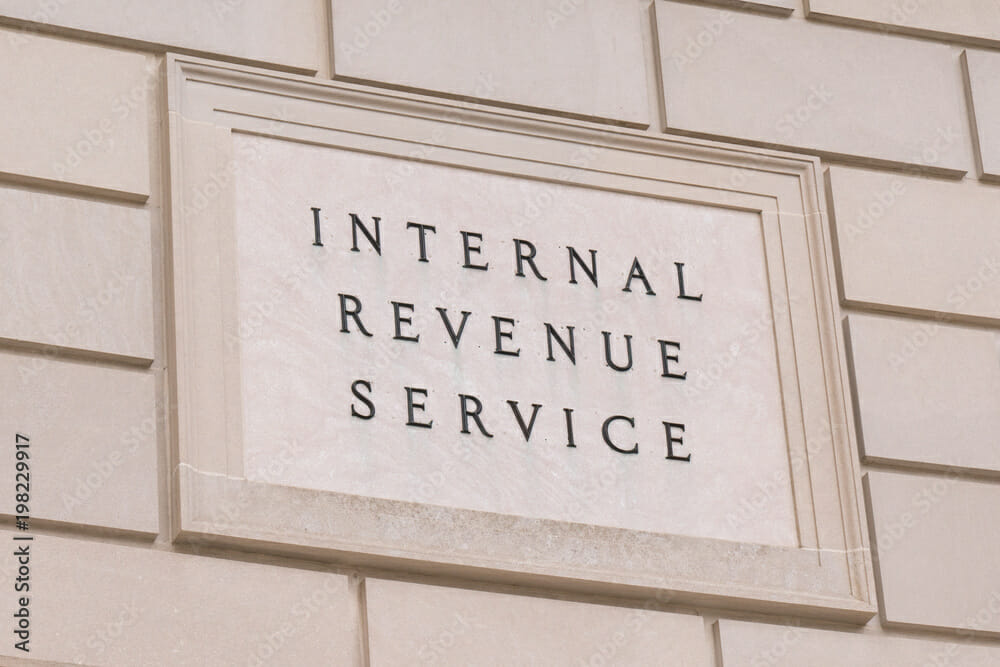Navigating the world of taxes can be overwhelming for small businesses, especially when it comes to understanding which forms to file and the implications of making certain elections. One such tax form, IRS Form 2553, can significantly impact a company’s tax strategy, potentially saving them from double taxation.
In this article, we delve into the details of Form 2553, exploring its purpose, eligibility requirements, instructions for filing, and how it can benefit your business. Whether you’re a C corporation or an LLC considering filing as an S-corporation, here is all the information you need to make an informed decision and maximize your tax savings.
What Is IRS Form 2553?
IRS Form 2553, officially known as the “Election by a Small Business Corporation,” is a tax form used by C corporations (C corps) or limited liability companies (LLCs) wishing to file their taxes as an S corporation (S corp).
You may wonder why a company would want to do this. There are several reasons why a growing business might consider this election. As an IRS form, it’s no surprise that there are potential tax advantages to filing as an S-corp. In certain cases, Form 2553 can help your company avoid double taxation. It can also be a crucial part of your company’s strategy, depending on the long-term goals of the C corp or LLC in question.
So, what exactly is Form 2553, and is it suitable for your business? Should your company file and elect to be an S corp? Read on to find answers to these questions and learn all you need to know about IRS Form 2553.
Understanding IRS Form 2553
Form 2553 allows a small business to register as an S corp instead of the default C-corp. S-corps can save on taxes because their taxable income is taxed only once. The owners of an S corp report income or losses on their personal tax returns, which are taxed at individual tax rates, not corporate rates.
C-corps, on the other hand, are taxed at the corporate level and then taxed again at the shareholder level if dividends are paid out. Thus, Form 2553 can be seen as a means to avoid double taxation.

Who Can File Form 2553: Eligibility Requirements
S Corporation status is a popular choice for small businesses seeking to incorporate. However, not all businesses qualify for this election.
The IRS has specific eligibility requirements for businesses wishing to file Form 2553 and elect S corporation status. First and foremost, the business must be a domestic corporation or entity, and all shareholders must be US citizens or residents.
In addition, the business cannot have more than 100 shareholders. These shareholders can only be individuals, estates, exempt organizations, or certain qualifying trusts. Furthermore, the business is allowed to have only one class of stock.
Certain types of businesses are ineligible to file for this election. These include banks or thrift institutions that use the reserve method of accounting for bad debts, domestic and international sales corporations, and some insurance companies subject to tax.
Instructions for Form 2553
Once you’ve determined your business meets all the eligibility requirements for form 2553, make sure the expense is worth it. There are costs associated with filing IRS form 2553. If your company meets certain conditions, you might incur a fee of several thousand dollars for filing the form.
If you’ve determined that Form 2553 is suitable for your company, the form consists of four parts.
- Part I covers basic company information, the Effective Date of Election, a list of shareholders, and includes all shareholder signatures.
- Part II is for specific companies with a 52-53 week tax year not ending in December. It’s recommended to consult a tax professional when completing this section.
- Part III is for qualified subchapter S trusts (QSST).
- Part IV is for businesses where “the corporate classification election intended to be effective on the same date that a late S-corporation election was intended to be effective.”
Where to File Form 2553
To file Form 2553, you will need to mail it to one of two IRS Centers, depending on your company’s principal business or office location. The IRS website provides a helpful chart that indicates which states should send the form to the IRS Center in Kansas City, Missouri, and which states should send it to Ogden, Utah. Be sure to consult this chart to determine the correct destination for your submission.
Once you have successfully filed Form 2553 and received approval from the IRS, your company’s S-corporation election is valid, and there is no need to file the form on an annual basis. This means that once your company has obtained S-corporation status, you can focus on other aspects of your business without worrying about yearly submissions of Form 2553.
When to File Form 2553
Business owners looking to benefit from S-corporation status must file Form 2553 with the Internal Revenue Service (IRS) within a specific timeframe. The deadline for filing is two months and fifteen days after the start of the current tax year in which you wish to operate as an S-corp.
Aside from this deadline, business owners can choose to file Form 2553 at any point during the current tax year before their intended date of operation as an S-corporation. This flexibility allows business owners to more easily incorporate as an S-corp, even if other business ventures have consumed more time than initially anticipated. However, it’s crucial to remember that official registration as an S-corporation cannot occur until Form 2553 is completed and filed with the IRS.
Late Filing of Form 2553
Businesses that miss the regular election deadline can still apply for S corporation classification through late filing of Form 2553. To be granted relief, businesses must meet specific requirements, such as demonstrating reasonable cause for missing the deadline and ensuring that all shareholders reported their income consistent with the company’s intention to file as an S Corporation.
Form 2553 must be filed alongside an additional formal declaration (REV) to revoke any inadvertent default elections or clarify that the failure to make an election was due to reasonable cause. If these conditions are met, businesses can submit Form 2553 late and receive relief from regular penalty fees.

Benefits and Drawbacks of S Corporation Status
Form 2553 allows eligible small businesses to enjoy the tax advantages of the United States Internal Revenue Service’s Subchapter ‘S’ plans, designed specifically for smaller tax-paying entities. S Corporations avoid double taxation, paying taxes only at the individual level based on dividends distributed.
However, it’s crucial for companies to comply with regulations, such as having no more than 100 shareholders, restricting stock ownership, and ensuring all shareholders are U.S. citizens or resident aliens. Failure to adhere to these rules can result in loss of eligibility and reversion to C Corporation status, leading to double taxation.
S corporation status offers limited liability protection to shareholders, protecting their personal assets in case the business fails. It allows for flow-through taxation, which helps retain more money in the company. Businesses may also receive certain audit protections, tax deductions related to insurance coverage and asset depreciation, and access to health plan discounts.
Despite these advantages, S corporation status comes with unique requirements that must be met to maintain eligibility. Additionally, the long-term financial implications of these restrictions can affect a small business’s growth potential and ability to respond to changing financial needs effectively.
Is Form 2553 Right For Your Company?
IRS Form 2553 can be a game-changer for the right company. The potential tax savings will undoubtedly pique the interest of many C corps and LLCs. But don’t jump into making an S corp election without careful thought and consideration.
Chasing supposed tax advantages can come back to bite you if you haven’t consulted with corporate tax expert. Filing form 2553 could be a drain on your company’s cash if the business doesn’t meet certain qualifications or your tax year is structured in the wrong way. Before making big decisions, reach out to our team of trusted experts.
Contact us today to see how indinero can help you make the most of a S corp election or to discuss our range of services.
